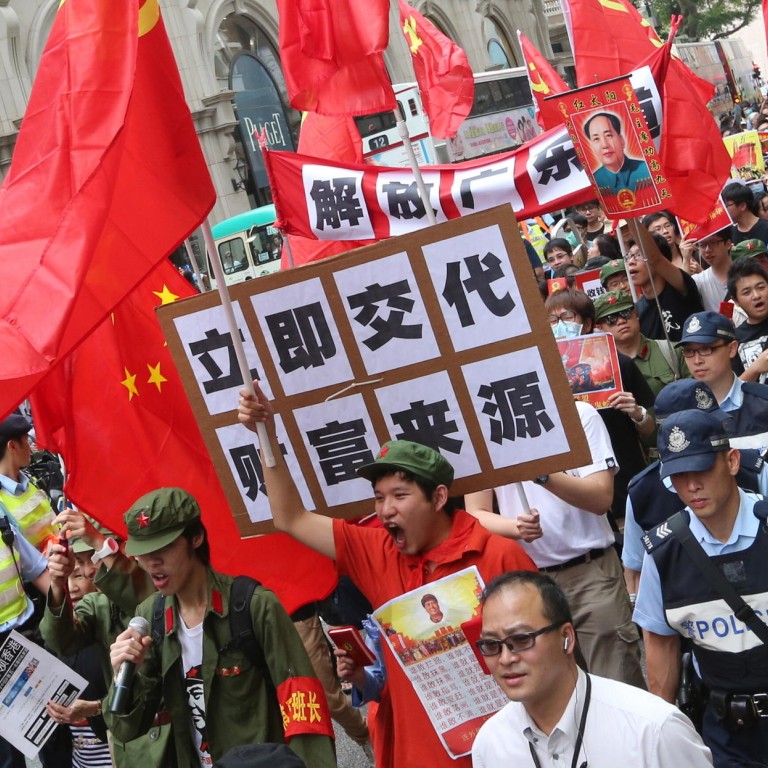
Why tourism is sending city down the pan
Writer of hit toilet guide says visitor influx has left Hong Kong at 'breaking point' - and urges locals to stand up and fight for their values
In many societies a couple seen letting their toddler urinate in public after struggling to find a toilet might expect a little sympathy. Certainly more so than a mainland family recived in Mong Kok a couple of weeks ago.
But this was not a case of Hongkongers being less civilised in their behaviour than people elsewhere, according to the local engineer who wrote a guide to the city's public toilets which has been widely shared on mainland social media.
Rather, the row shows that Hongkongers have reached "breaking point" as a result of the unbearable problems a flood of mainland tourists onto already crowded streets has brought.
The 33-year-old, who uses the pseudonym Stephen Hui Chi-hang because he works for the government and is not authorised to talk to the media under civil service rules, has seen his long post - - shared widely on Weibo. He gained some 10,000 followers on China's answer to Twitter.
The Mong Kok row prompted an outcry from mainland social media users, with some even threatening a mass "pee in Hong Kong" campaign, while Hongkongers said they would take photographs of anyone who participated. In the event, the protest planned for the Labour Day holiday that started last week proved to be more of a damp squib.
But Hui was struck by comments by mainland internet users about a couple who found themselves in the same situation in Taiwan and were offered help.
"If you made Taiwan as small as Hong Kong and threw the same number of tourists there, you would see what would have happened. I think Hong Kong has surpassed its capacity for tourists," says Hui, who moved to the city from the mainland in 1995.
A record 40.8 million mainland tourists visited Hong Kong last year, out of 54.8 million visitors overall. The government expects overall visitor numbers to hit 70 million in three years and 100 million in a decade, with mainlanders making up the bulk of the influx.
Hui believes this rapid growth in tourism has caused Hongkongers to develop a grudge against mainlanders, while the government's failure to act to limit tourist numbers had "fostered this grudge".
Had the Mong Kok toddler incident happened in 2003, when mainlanders could only visit in groups and there were fewer tourists, the attitude of locals might have been different. Likewise, had the incident happened in a less crowded environment like, say, Taiwan or Britain, their may not have been a row.
"Now Hong Kong people have been pressured into craziness," he says.
While the business sector and the government have hailed the economic benefits of tourism, Hui believes the economic impact for Hongkongers has come in the form of rising rents that have forced out local businesses in favour of chain stores to the benefit of landlords.
If the tourists stayed away, he argues, the rents would fall and local companies would thrive.
But he does not believe the status quo will change soon - not only because the government ignores the needs of local people, but because locals, including him, do not have the courage to stand up for their own values.
Calling previous demonstrations and protests "social movement karaoke tours", Hui says it is not enough for demonstrators simply to gather, chant some slogans and sing some songs before going home, citing the often rocky and sometimes violent road to democracy in Taiwan.
"Democracy in Taiwan is deeply and firmly rooted and was achieved by its people's own fights. But in Hong Kong we ask others for universal suffrage. We've never really fought for it," he says.

